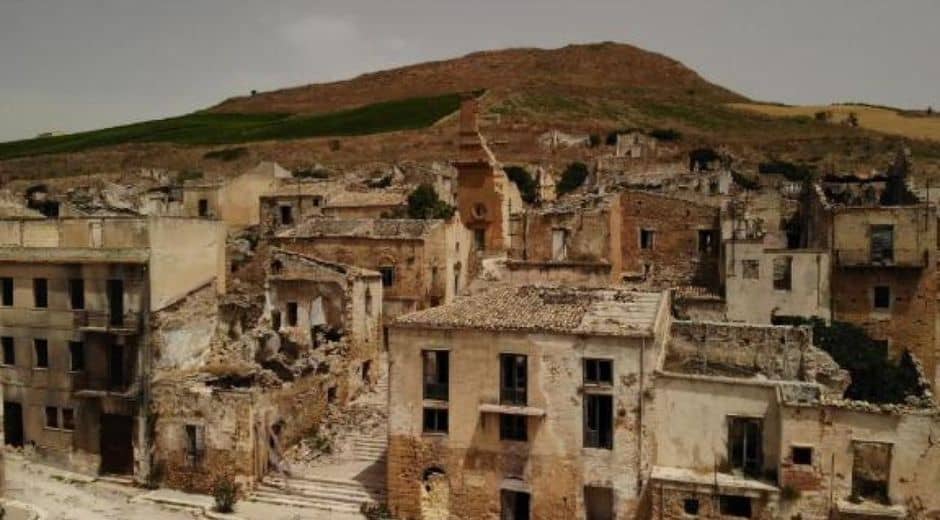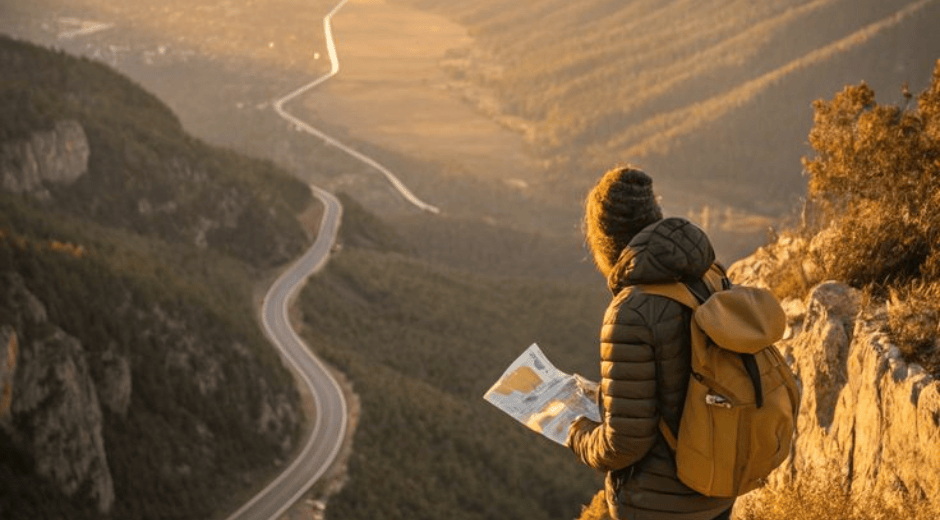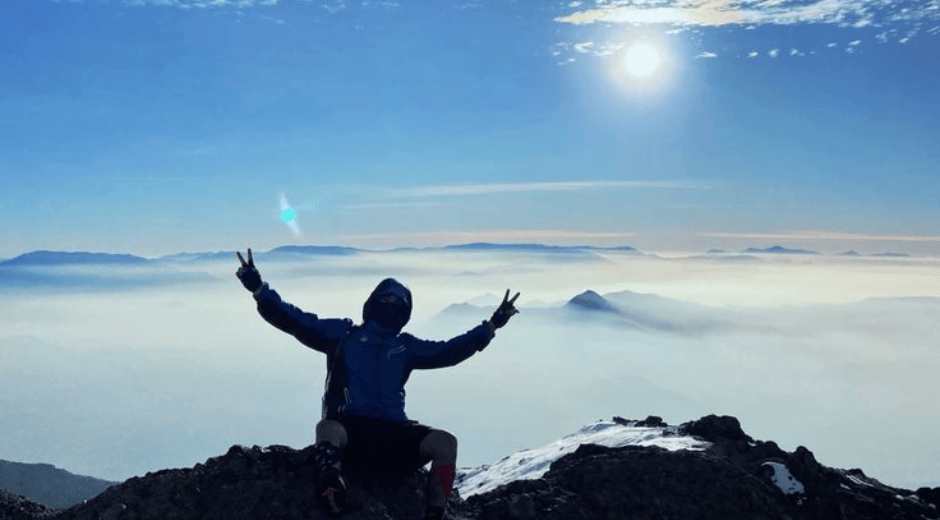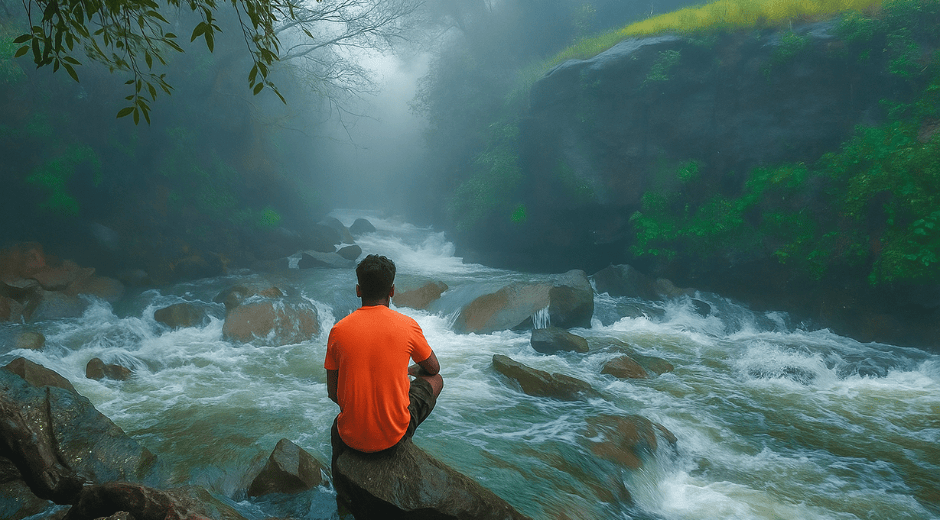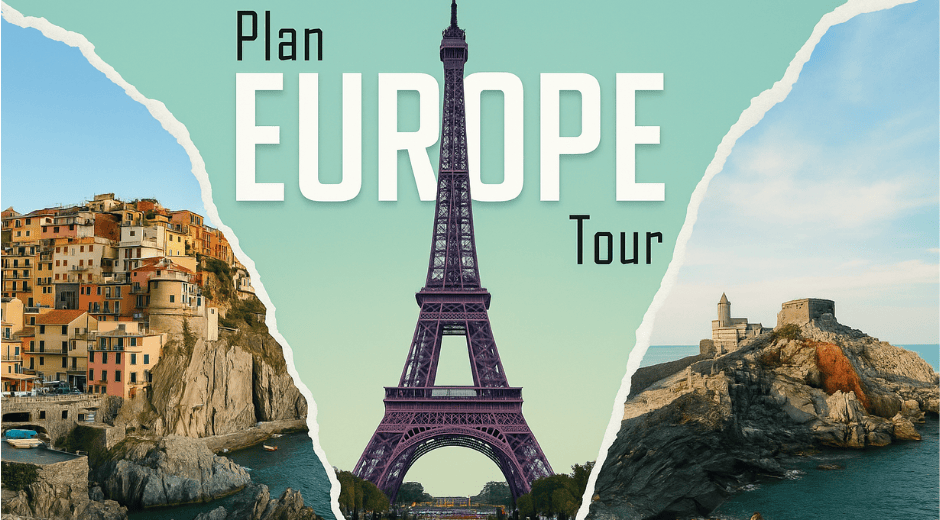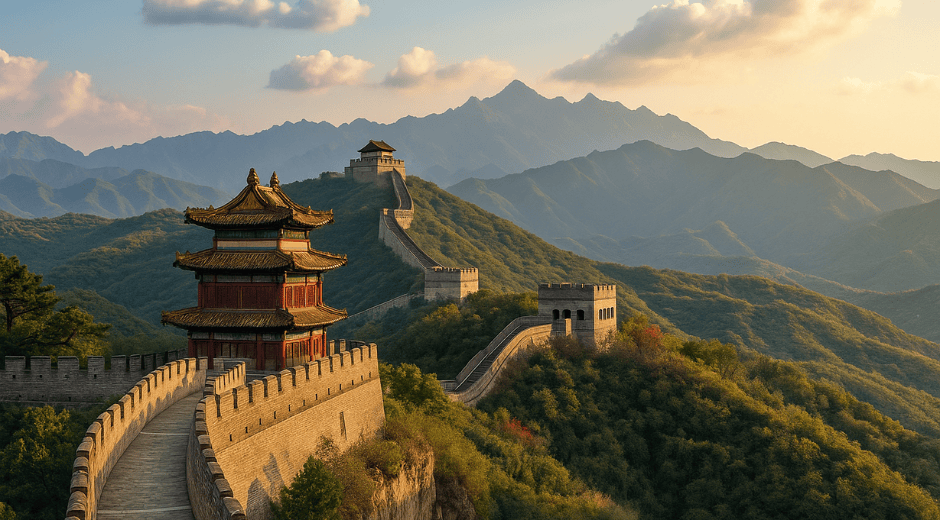Lost City of Golden Horizons and Forgotten Legends
Lost City of Golden Horizons and Forgotten Legends
Long before maps were drawn and empires rose, legends spoke of a Lost City hidden among golden horizons, where time seemed to stand still. Travelers, explorers, and dreamers alike whispered tales of shimmering towers, sprawling plazas, and treasures untouched by centuries. The very idea of a Lost City has always stirred the imagination, inviting adventurers to step beyond the known world and into realms of mystery and wonder.
The Myth of the Lost City
The legend of this Lost City began centuries ago, passed down through generations as oral stories and ancient manuscripts. Chroniclers described a place where knowledge and beauty flourished, only to vanish beneath shifting sands and the march of time. Scholars at Chronostual have traced references in old travel journals and forgotten archives, noting the recurring themes of sunlight glinting off golden spires and gardens so vast they seemed to stretch into eternity.
What made the Lost City so compelling was not just its opulence, but the stories of its people — scholars, artisans, and explorers who dedicated their lives to mastering both the arts and sciences. Legends claim that those who once lived there had a profound connection with the cosmos, guiding their civilization through both prosperity and peril.
The Call of Adventure
The allure of a Lost City lies in its promise of discovery. For centuries, travelers have imagined the thrill of wandering streets paved with polished stone, exploring palaces adorned with intricate mosaics, and uncovering artifacts that reveal forgotten civilizations. Each expedition brings a mixture of excitement, anticipation, and reverence for the mysteries that lie ahead.
Explorers often prepare with meticulous care, studying ancient maps, learning local languages, and training in survival techniques. A journey to a Lost City is as much about inner growth as it is about physical adventure. Experts from FocusMindFlow emphasize that approaching such quests with mindfulness enhances perception, allowing travelers to notice subtle signs and hidden clues that might otherwise be overlooked.
Unearthing History
Archaeologists and adventurers alike have long sought tangible proof of the Lost City’s existence. Excavations reveal fragments of pottery, remnants of ancient scripts, and architectural ruins that hint at the grandeur described in legends. Each discovery offers a bridge between myth and reality, a connection to the people who once walked these lands.
Studying these remnants requires patience and care. The ruins are often delicate, threatened by erosion, climate, and human interference. Responsible exploration ensures that the Lost City’s secrets endure for future generations, preserving the delicate balance between curiosity and conservation. Platforms like StyleradarPoint highlight the importance of sustainable travel practices, encouraging adventurers to respect both history and local communities.
Mysteries and Treasures
The Lost City is said to house treasures beyond imagination. From golden artifacts to sacred texts, these relics provide glimpses into a civilization that valued knowledge, artistry, and innovation. Some legends speak of gardens that defy natural laws, libraries that contain wisdom lost to the modern world, and fountains that shimmer with sunlight as if infused with magic.
Yet, the true treasure of the Lost City is the sense of connection it provides. Walking through ruins, examining artifacts, and pondering the ingenuity of its inhabitants fosters awe and reflection. Travelers often leave with more than physical mementos — they carry stories, insights, and a renewed appreciation for the resilience and creativity of humanity.
Navigating the Terrain
Reaching the Lost City requires courage and preparation. Hidden among deserts, mountains, or dense forests, the journey tests both skill and determination. Travelers must navigate shifting landscapes, unpredictable weather, and occasionally treacherous paths. However, every challenge amplifies the reward, making the eventual discovery all the more meaningful.
Those who embark on such quests often find themselves transformed. The journey to a Lost City is as much inward as it is outward — demanding resilience, patience, and reflection. Mindful preparation, physical endurance, and a deep sense of curiosity all contribute to a successful and fulfilling expedition.
Cultural Insights
Exploring the Lost City also provides insight into the culture that once thrived there. Art, architecture, and artifacts reflect societal values, spiritual beliefs, and daily life. Observing murals, sculptures, and inscriptions allows travelers to piece together narratives of love, struggle, innovation, and triumph.
Engaging with local historians, guides, and communities adds another layer of understanding. Their knowledge, passed down through generations, bridges the gap between legend and lived experience. Each interaction enriches the journey, revealing the human element behind the ruins and relics.
Lessons From the Lost City
Beyond the allure of adventure and treasure, the Lost City imparts timeless lessons. Its ruins speak of impermanence, reminding travelers that even the grandest civilizations can fade. Yet, its stories endure, emphasizing resilience, creativity, and the pursuit of knowledge.
Reflecting on these lessons encourages personal growth. By considering the successes and failures of past societies, travelers gain perspective on their own lives. Such reflection aligns with the teachings of FocusMindFlow, which highlight the value of integrating mindfulness and insight into every exploration.
Capturing the Experience
Documenting a journey to the Lost City enhances its impact. Photography, journaling, and sketches allow travelers to preserve memories and observations. These records serve not only as personal mementos but also as resources for others who seek inspiration or guidance.
Sharing experiences through storytelling can bring the Lost City to life for those who may never visit. Platforms like TripBeyondTravel encourage documenting adventures thoughtfully, blending narrative with historical context to create engaging and informative accounts.
The Eternal Allure
Despite centuries of searching, the Lost City continues to captivate imaginations. Its combination of mystery, beauty, and history ensures that adventurers will keep seeking it for generations to come. Each expedition, whether successful or thwarted by nature, contributes to the tapestry of legend, adding new stories to the enduring mythos.
Travelers who pursue the Lost City embark on a journey that transcends time. They connect with the past, challenge themselves in the present, and inspire future explorers. It is a quest that combines curiosity, courage, and reverence — a journey into history, imagination, and the human spirit.
Conclusion
The Lost City of Golden Horizons and Forgotten Legends is more than a destination; it is a symbol of exploration, discovery, and the enduring power of storytelling. By preparing carefully, engaging mindfully, and respecting the past, travelers can experience the wonder and wisdom of a civilization that, while physically lost, continues to inspire awe.
Whether drawn by treasure, knowledge, or the thrill of adventure, the Lost City offers lessons that extend far beyond its sands. Each step through its ruins connects us with history, sparks creativity, and reminds us of the resilience and imagination inherent in human civilizations. For additional inspiration and practical guidance, explorers can consult resources such as FocusMindFlow, StyleradarPoint, and Chronostual, which provide insights on mindful exploration, historical context, and enriching travel experiences.
In the end, the Lost City remains eternal in our stories and imaginations, a testament to humanity’s quest for discovery, understanding, and wonder.
Travel Made Simple

Pathways That Change You: Routes Worth Remembering
Pathways That Change You: Routes Worth Remembering

Voyager Tales: What Solo Discovery Really Teaches You
Voyager Tales: What Solo Discovery Really Teaches You

The Pulse of Experience: Feeling the World Beyond Sight
Travel isn’t just about what we see, but what we feel. Discover how the pulse of a place reveals its rhythm, emotion, and unforgettable human energy.
